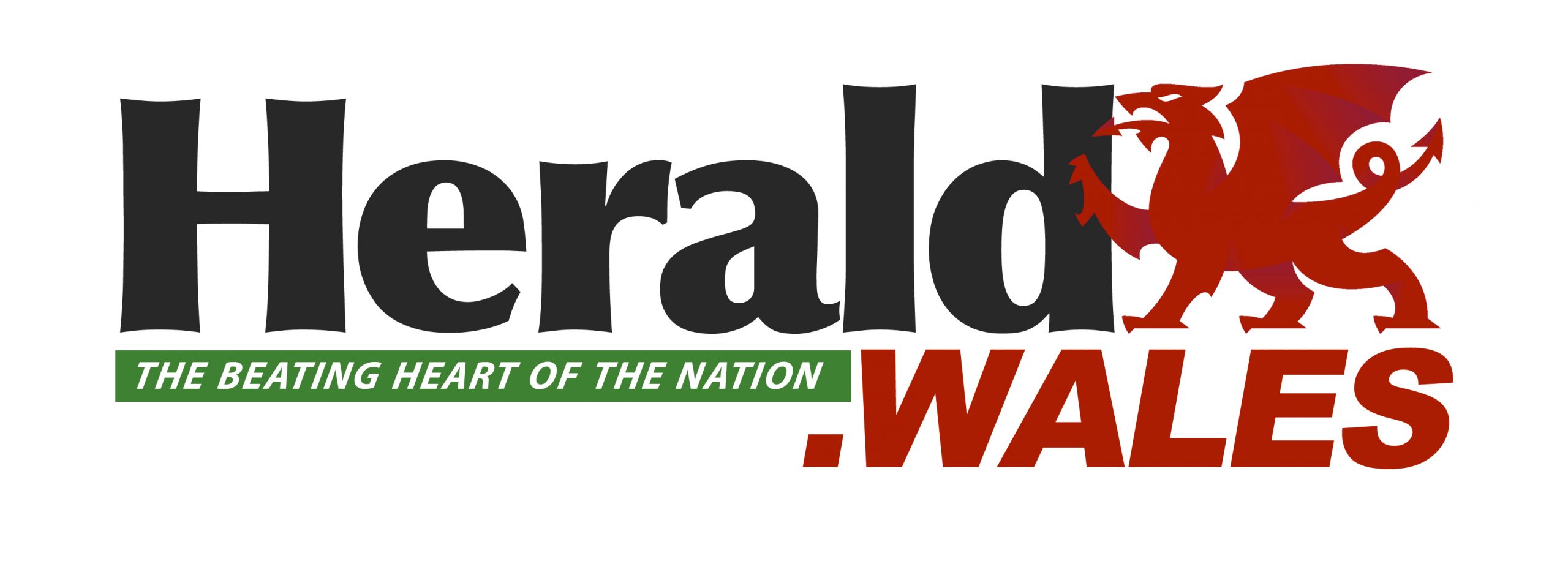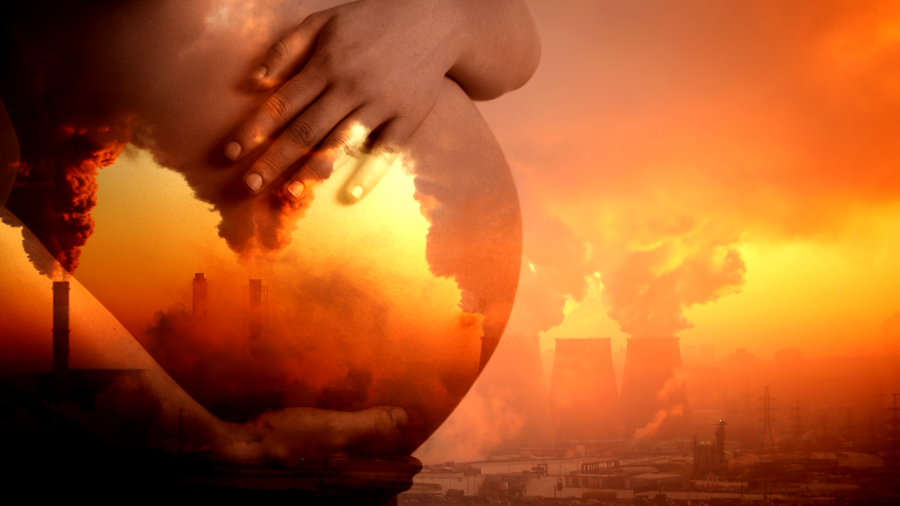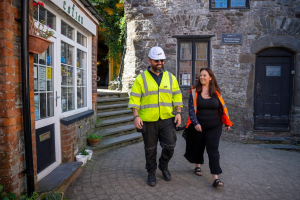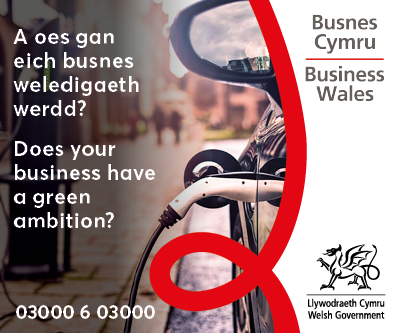CLIMATE charity calls for more action as new analysis suggests less than 1/3 of local areas in the UK will hit zero emissions before 2050.
As the UK Government signals its intention to weaken our net-zero targets – a move that could cost jobs, put up energy bills and reduce investment – UK climate charity Carbon Copy takes an objective look at whether we are indeed moving too fast and need to slow down. One of the simplest metrics in assessing the speed of our progress is to monitor the trends in local greenhouse gas emissions.
New analysis by the charity, looking at emissions reductions over recent years, suggests that less than 1/3 of local areas in the UK will hit zero emissions before 2050. Greenhouse gas emissions are the cause of climate change, which is already leading to severe adverse weather events globally AND in many parts of the UK, with record-breaking September temperatures in the first part of this month, and flash floods in many places just this week.
Whilst many local areas now have a net-zero target of 2030 or earlier, based on current trends, just five (out of a total of 380) are likely to achieve this.
Carbon Copy’s co-founder Ric Casale said:
“These are only trends, not predictions. We know that very often social change happens in sudden jumps – not gradually – but what these trends do show us is how far we need to go, how big a leap we need to take, to protect ourselves and future generations from climate breakdown.”
Whilst current targets are based on carbon neutrality, i.e. factoring in an amount of offsetting to balance any remaining emissions; offsetting on the scale required here would be impossible. To achieve ‘net zero’ by 2050 (based on 2018-21 trends) the volume of residual local authority area greenhouse gas emissions that would need to be offset would be over 100 million tonnes (CO2e). To put that into perspective, that would mean planting 11 billion trees.*
“The solution is not simply individual action: we can’t do this on our own. Nor can we wait for leadership from Westminster. It’s local action that can maximise collective impact. There are close to a thousand climate action stories on Carbon Copy – incredible examples of people working together in their local area to try to reduce emissions and defend nature. I urge anyone who is concerned about the climate, who is worried about their children’s future, to take a look at these inspirational stories, take a leap and get involved,” continued Ric.
In Belfast, the One Million Trees programme is an ambitious initiative, put forward by Belfast Metropolitan Residents Group and led by the city council alongside a range of partner organisations including the Woodland Trust. The project is looking to plant a million native trees across Belfast by 2035, sequestering carbon, creating natural flood resilience and improving habitats for wildlife.
In Nottingham, Victoria Green and Becky Valentine, owners of Spenbeck, are improving sustainability in offices , whilst conserving the beautiful traditional architecture of the buildings. Together, they are helping local businesses reduce emissions, and consider the environmental impacts of the way they work.
In Liverpool, ambitious teen Khan Odita saw an issue with fly-tipping in a particular area, and worked alongside others from his community to develop a beautiful garden, UrbanScape , in its place.
Cardiff Cycle Workshop is a not-for-profit organisation helping to get more people cycling in the Welsh capital. In addition to the air quality benefits from fewer cars on the roads, this project also reduces emissions by repairing and recycling old bikes and preventing waste.
Glasgow Community Energy community-owned renewable energy co-operative working to provide access to more green energy by installing solar panels on the roofs of public and private buildings.
In Bristol, thousands of items are saved from landfill each year with the Bristol Waste Company’s Reuse shops . With shops based at several of the city’s recycling centres, the company rescues and re-sells everything from furniture and electricals, to books, glassware and even paint!
To discover more about what’s happening where you live, including information about emissions, climate action plans and local initiatives, visit: carboncopy.eco/local-climate-action and use the map or the dropdown to find your local area.


















